Have you got the Google AdSense warning, “The Number Of Ads You Can Show Has Been Limited. For Details, Go To The Policy Center” and worried how to remove? You’re in the right place. In this post, I will guide you on why this warning comes & what you have to do to remove this warning.
This warning means that Google AdSense will stop showing ads on your website, but your website will remain connect with the Google AdSense program. In order to to know more about the warning it suggests you to open Policy Center in your Google AdSense account.
Following topics will be covered in this post:
- What is Invalid Traffic?
- How Google Identifies The Invalid Traffic
- What If Someone Deliberately Trying To Damage Your Monetization
- How To Remove The Warning
01. What Is Invalid Traffic?
Any activity or interaction that does not come from real people with real interest, Google AdSense calls it invalid traffic. Your blog traffic should result from the genuine visitor interest. Google AdSense can demonetize your blog and content if you use tools, tricks or other methods to earn extra revenue.
02. How Google Identifies The Invalid Traffic?
Google uses smart and intelligent automated systems alongside human reviews. It has employed a dedicated Ad Traffic Quality Team for blocking all type of invalid traffic, to make sure that those who produce invalid traffic won’t get profit and advertisers trust remains with the AdSense.
Google can also take Manual Actions on your organic traffic for invalid traffic concerns. You can check Google Manual Actions on Google Search Console.
03. What If Someone Deliberately Damages Your Monetization?
There must be lot of bloggers and web publishers who think, “Oh, I am doing all things correctly. I am following the AdSense and Google Publishers policies then why my blog is demonetized?”.
If you are doing nothing wrong then it could be some third-party, your competitor or some xyz who might try to demonetize your blog for some reason without your permission and knowledge. They can use different tactics to manipulate your AdSense traffic, but whatever the cause is, it is your(bloggers/web-publishers/website owners, etc) responsibility to ensure that the traffic on your ads is valid.
If you find an unusual pattern in your ad-clicks or have a doubt that something is going wrong on your blog you can report to AdSense Quality Traffic Team via Invalid Clicks Contact Form.
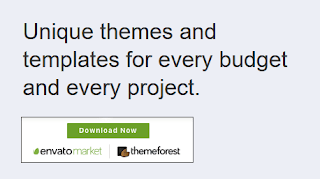
04. How To Remove The Warning
This is how the warning “The number of ads you can show has been limited” appears on your Google AdSense account.
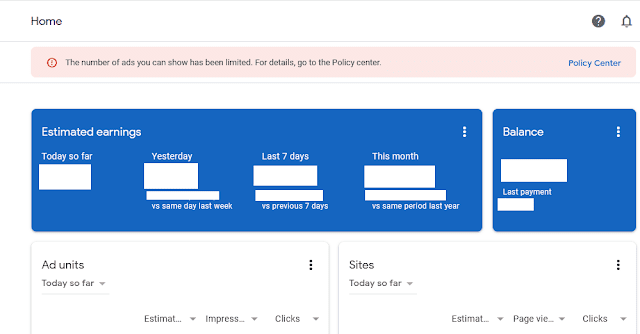
Following are the important suggestions & tips that you must follow to remove the Number of Ads Limit warning:
Disable Ads In Your Browser Settings
The first and the most important thing you must do is DISABLE ads from your browser settings. Never ever click and watch the ads of your website. One of the key source of invalid traffic is your own clicks & impressions on your website ads. Remember that your IP Address is monitored by Google AdSense.
I suggest you to open your website on Mozilla Firefox by disabling its history and ads. Once you do that you can open your website as many times as you want. If you want to preview how your Google Ads look like you can open your website on some other browser, but don’t open again and again.
Wait With Patience
Don’t get panic and demotivated, wait with patience. It takes 10 to 14 days for AdSense to review your website, sometimes it extends up to a month. In most cases Google AdSense does not notify you via email and enables ads on your website and you start earning again.
In order to check whether Google AdSense has enabled ads or not regularly check your Google AdSense account. Often your ads are enabled and you start earning, but you still get the Number of Ads Limit warning in your Google AdSense, DON’T WORRY it will be removed within 2 or 3 days, afterwards.
Often people think about deleting their posts by assuming that they might be the cause of invalid traffic warning. You must read Google Publisher Policies & AdSense Program Polices before you delete a post. Instead thoroughly search your blog posts and check whether you are using the sensitive keywords, as mentioned in the above policies. You can remove such keywords from your blog posts manually.
Be Consistent & Create Content For Users
If Google AdSense puts limit to your ads don’t stop publishing the posts. Be consistent and publish posts regularly and try to publish unique and original content by considering the Google Publisher Policies.
Always focus on creating content for users not for search engines. The original and user-oriented content make your monetization sustainable and also increase your blog traffic.
Ask yourself, does your content differentiate your blog from other similar blogs? Does your blog provide the content for which users are visiting your blog?
While writing reviews of affiliate products and services bloggers copy most of the content from the company website or its product pages. Always remember that copied content has no importance for Google and users. Always write genuine reviews. If you don’t have a knowledge about a topic, then don’t write.
Avoid Partnering With Low Quality Affiliates
Avoid partnering with low quality affiliate programs and networks, some of them send back traffic to your website.
Always join quality affiliate programs or which are offered via quality networks such as Impact Radius, CJ Affiliate, Shareasale, Amazon Associates, Ebay Partner Network, Clickbank, Fiverr, Payoneer, Kinsta, Envato Market, Partnerize, Rakuten LinkShare, etc.
Protect Your Pages From Spam & Harmful Comments
Make sure that your comment system is secure and does not allow spam comments. Protect your comment system from spams via Captcha check. Consistently check your comments and delete spam/promotional/inappropriate comments.
Don’t post controversial blog posts which prompt people to write inappropriate comments. Keep a good eye on your comments, some people deliberately post inappropriate comments when they don’t find the desired solution.
Don’t Tell People To Click Your Ads
It is unethical, strictly prohibited and against the Google AdSense Program Policy to tell your family members, friends, relatives, etc, to visit your website and click on ads. Some people encourage website visitors using labels or phrases such as “click the ads”, “support us”, “visit these links”, etc. These tactics count in invalid traffic.
Social Media Sharing
To bring traffic and produce sales some people share their blog posts again and again on social media platforms like Twitter, Facebook, YouTube, forums, etc. Avoid unnecessary or repetitive sharing of your blog posts on social media platforms, only share when you create a new article or post.
Social Media Banners
People often create banners for their Twitter and Facebook accounts to promote their website where they mention URL of website. Avoid adding your website URL on social media banners, they could be the cause of warning!
Protect Your Computer & Gmail From Hacking
Avoid installing software & apps from unknown publishers because if you install them hackers can secretly access your computer and Gmail via rootkits. Read this article: How To Protect Your Computer & Email From Hacking | Stop Malicious Apps, Websites
Fill “Manage Tax Info” on AdSense
It is mandatory for everyone(U.S Citizen or Non-US Citizen) to submit the tax document involving in any business, investment or receiving payments from United States. So that’s why affiliate programs based in United States such as Amazon, Impact Radius, LinkShare, CJ Affiliate, Upwork, Fiverr, Google AdSense etc, ask you to submit your Tax Info.
Form W-8BEN is required to submit by Non-US citizens i.e. investors, freelancers, affiliate marketers, etc, who receive certain types of income/payments from United States. Once you submit W-8BEN Form AdSense will not deduct any tax from your earnings. Read this article: How To Fill Manage Tax Info In Google AdSense | Withholding Tax, W-8BEN Form, US Tax Treaty
Ad Placement Policies
Please read the Google AdSense Ad Placement Policies that provide you the detail information about below points.
- Avoid accidental clicks
- Unnatural attention to ads
- Placing ads under a misleading header
- Aligning images with ads
- Site layout that pushes content below the fold
- Formatting content to mimic ads
- Distance between ads and flash games
- Ads on dynamic content
- Offering compensation
- Ads on emails and many more…
Don’t Place Too Many Ads
Don’t place too many ad units on your website. I suggest you to add maximum 4 ad units on the Homepage and 3 ad units on the Item Page. If you put ad units on Sidebar give them a good space, 150px will be a good distance between two ad units.
Focus On Organic Traffic
Some experts suggest that there should be at least 60% organic traffic to avoid such warnings. In simplest words organic traffic is the traffic that comes from search engines (Google, Bing, Yahoo etc) to your website. Google AdSense prefers high-percentage organic traffic websites to display ads.
Avoid Copy/Paste Content
Often people copy and paste content from other sources and websites, which is against the Google’s Content Policy for Publishers. Copy/Paste could be considered as invalid traffic.
Use Of High CPC Keywords
Despite having a different niche some bloggers just to earn more money use high CPC keywords like insurance, gas, electricity, loans, mortgage, credit, attorney, etc, which is against Google’s Content Policy For Publishers. For example you have a blog about WordPress blogging and you write content about car insurance or add high CPC keywords in your articles. It could be considered as invalid traffic.
SEO Tools
You can use SEO tools like Google Analytics, Google Webmaster Tools, Bing Webmaster Tools, etc, to track your keywords, traffic sources, backlinks, top performing pages, links, devices, search engines, etc, to get the complete overview of your website traffic, which will help you to monitor and filter your traffic.
Google Suggestions
Google provides you a detail information and suggestions about quality traffic, content, AdSense Program Policies, etc. Go through these articles and read thoroughly:
Conclusion
Hope these suggestions & tips will help you to get rid of the Number of Ads Limit warning and improve the overall content and performance of your website. Remember that there is no shortcut, follow all the top practices that Google suggests for publishers in order to make your website’s earnings sustainable.
If you like this post then don’t forget to share with other people. Share your feedback in the comments section below.
Also Read

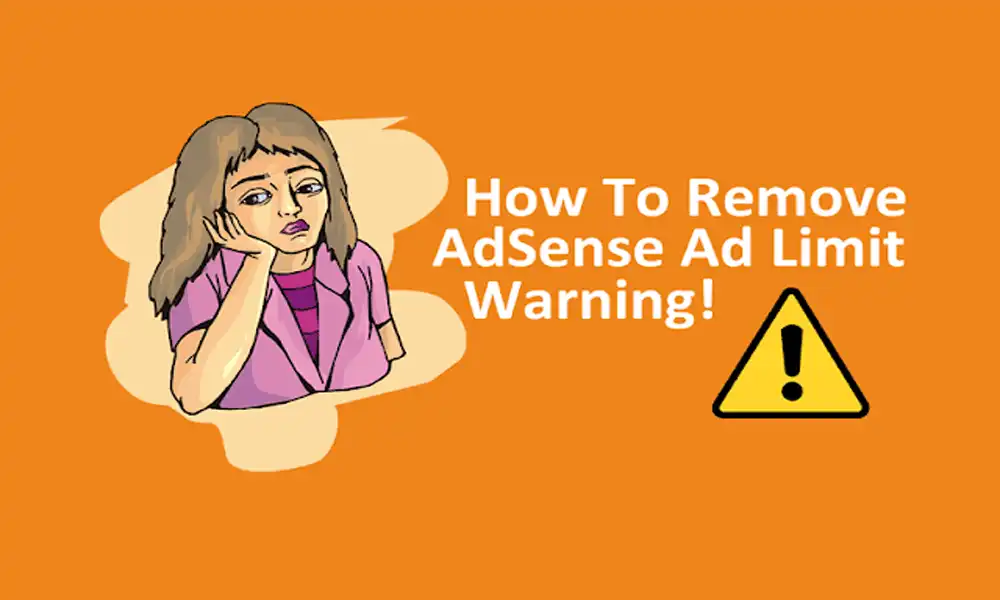


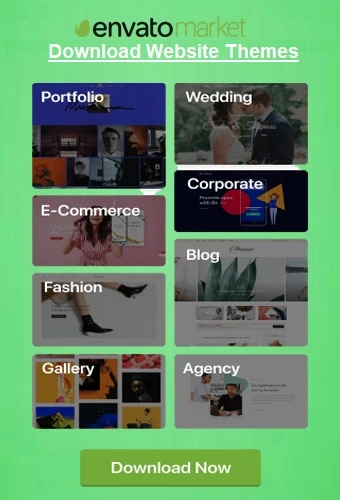
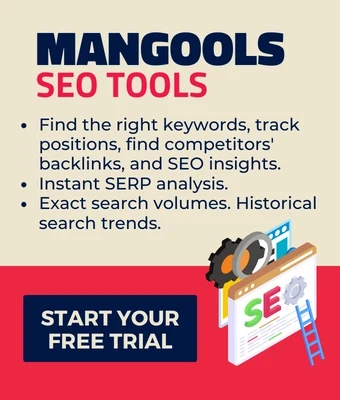
Leave a Reply